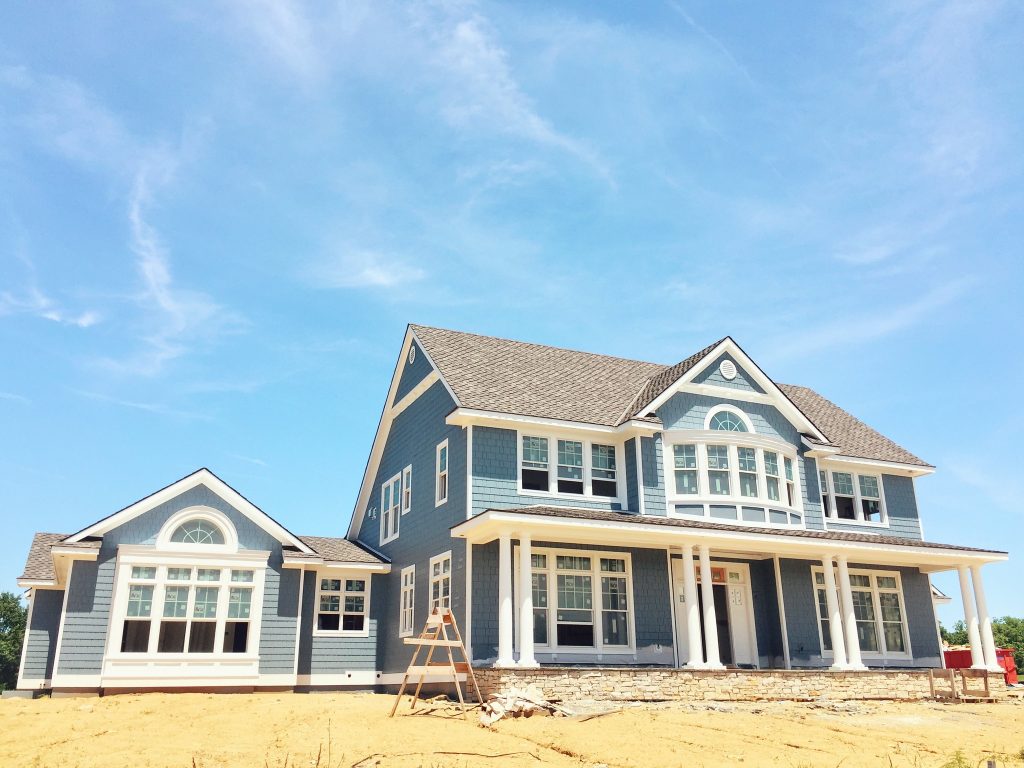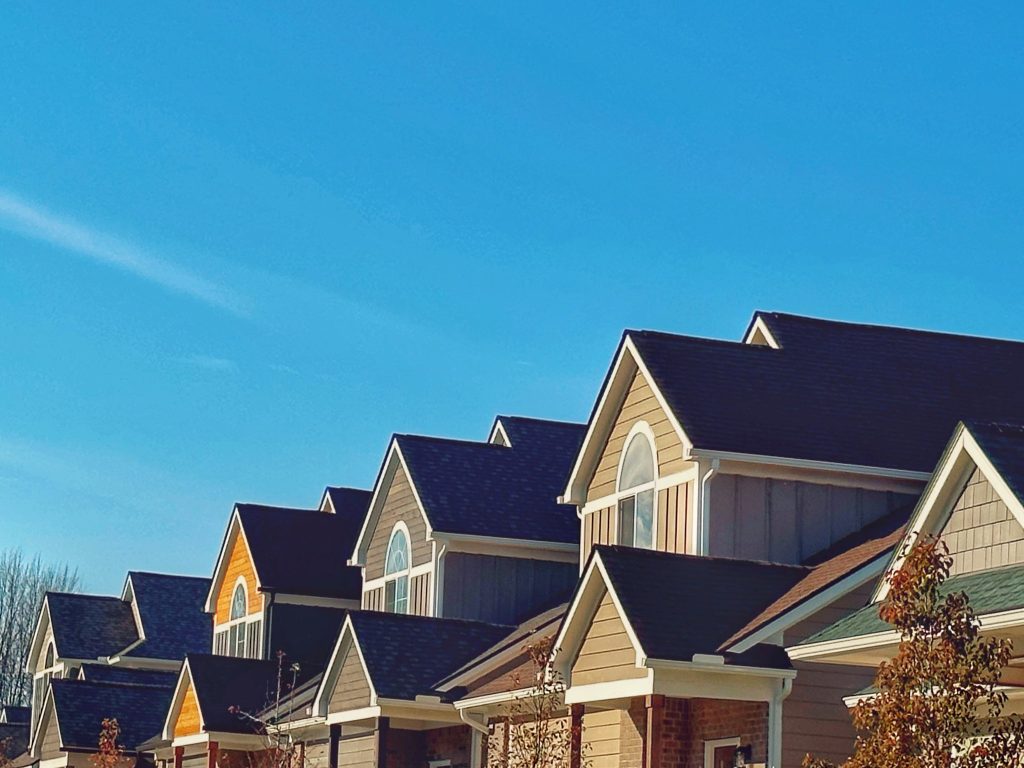Buying a house has gotten more challenging over the past few years. Mortgage rates moved higher and made affordability a bigger factor for home buyers. In fact, for nearly three years, affordability trends have been worsening. But according to ATTOM Data Solutions’ fourth-quarter 2023 U.S. Home Affordability Report, that trend has recently halted. Rob Barber, ATTOM’s CEO, says that’s good news. “The good news is that home affordability has stopped getting tougher around the U.S., at least for the moment,†Barber said. “The annual fall slowdown in the housing market clearly has helped stem the tide working against potential purchasers. Whether that’s just a temporary thing tied to seasonal market patterns is something we won’t know until next year, especially given recent signs that interest rates are coming down.†Whether affordability continues to ease in 2024 remains to be seen but, for now, the news is good for prospective home buyers. (source)













